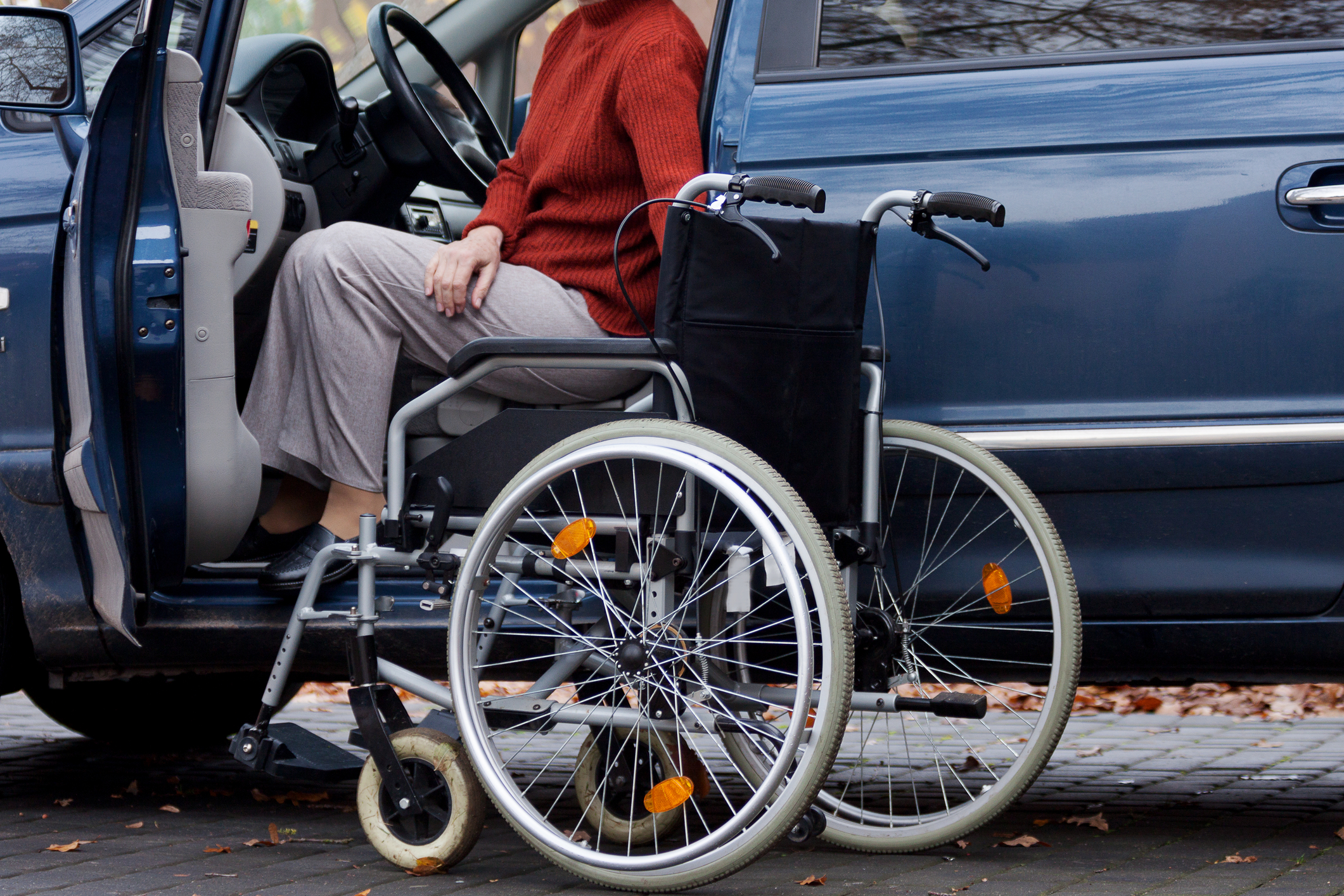Julie Entwistle, MBA, BHSc (OT), BSc (Health / Gerontology)
I was recently forwarded the below article from a friend. This is about a young man who was facing the amputation of his left leg. Given his situation he had multiple choices. He could choose to be angry, bitter, sad, could feel sorry for himself, be stressed and anxious about the impending surgery, or decide to accept his fate and ultimately “be okay” with it. His choice? Make light of his situation, involve others in the process, accept that he could not change what he was confronted with, and move on. Check out his inspiring story here.
Reading this reminded me of my grandfather. At age 20 he was diagnosed with Polio. This caused atrophy of the muscles in his legs and buttocks and he walked with crutches for 56 years. Eventually his lower body circulation started to fail and his feet became infected. It was recommended that he have both legs amputated above the knees. He accepted this fate as a life saving measure and understood that his legs were no longer of purpose to him, and were actually a hindrance when trying to transfer and go about his day. Luckily my grandfather had a wonderful sense of humor, and an even better attitude, and as such had cultured this into the rest of us. Before his amputations, and even after, we came up with lists of clichés we could no longer say to him: “put your best foot forward”, “pull up your socks”, “if the shoe fits wear it”, “you are a shoe in” etc. He was just as engaged in making these lists as we were.
I remember his jokes continued even days before his death. I was visiting with him and an orderly came in to mop the floor. As she approached the hospital bed where he was lying, he asked her if she needed him to “lift his feet”. She quickly said “no sir you are fine” to which I replied “he is just being funny….first of all he is in a hospital bed that you can mop under anyway, and secondly he has no feet!” This one of my fondest memories of him, and the last conversation I had with him before he passed.
My point? Your attitude can determine your outlook and outcome. While we can’t change the situations that happen in our life, we can change how we THINK about them – for the good or bad. But guess what? If you THINK that a given situation made you angry (or sad, frustrated, depressed) then your FEELINGS AND ACTIONS will follow, mimicking your thoughts. A situation does not cause you to be angry, it is your thoughts about the situation that causes your reaction. So, as obscure as it sounds, if you want to improve your outcomes, change your thoughts. Simple enough? Well, not really. Adopting a new attitude and thinking differently about things is hard work – it requires awareness and a paradigm shift to a new way of being. But I am sure everyone can think of one person that they just don’t want to be around – that negative Nelly, that downer, that person who does nothing but complain, that “Droopy” character in real life. These people are life-suckers, are exhausting to be around and positive people tend to avoid them because that negativity can become contagious. Is that you? Then do something about it to change your approach to things and the result will be an enrichment of your relationships.
Cognitive behavioral therapy is the process of helping people to understand the relationship between thinking and emotion. It involves working with a therapist to sort through the negative thinking patterns that are dictating counterproductive actions and feelings. If you think you need that, consider that occupational therapists often use this in treatment when our assessment uncovers that someone presents with challenging thinking patterns, or we are finding that a difficult attitude is hindering progress in treatment.
Here are some great quotes about attitude that really drive these points home:
“Weakness of attitude becomes weakness of character.”
Albert Einstein
“Nothing can stop the man with the right mental attitude from achieving his goal; nothing on earth can help the man with the wrong mental attitude.”
Thomas Jefferson
“The greatest day in your life and mine is when we take total responsibility for our attitudes. That’s the day we truly grow up.”
John C. Maxwell
So, work to change your attitude and that could change your life!



